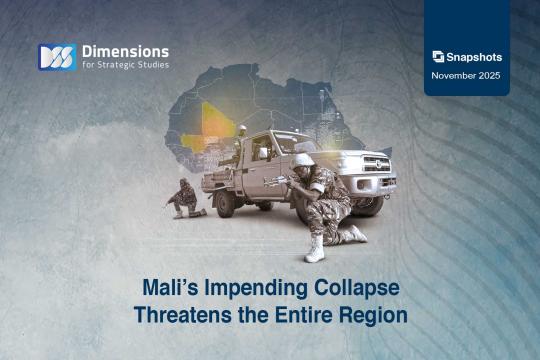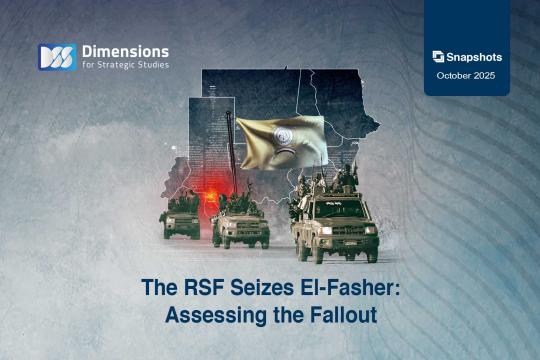
Between the Lines of the Gaza Truce Deal
2025-01-235968 view
The parties to the conflict in Gaza reached a ceasefire agreement in mid-January after months of complex negotiations involving regional and international mediation, most notably Qatar. The deal halted the devastating war Israel launched on the beleaguered Strip following the Hamas-led attack of October 7, 2023.
The ceasefire placed the Palestinian issue on a new trajectory, decided by international political calculations and a recognition that things cannot return to the status quo ante. Yet the deal raise more questions than it answers over the future of Gaza and of the Palestinian issue more generally, as well as speculation over what was between the lines of the agreement.
The seven-page accord, to be implemented in three stages, could face any number of obstacles during implementation. Mediators’ most prominent achievement was bringing military operations to a halt, which can ease the suffering of the population of Gaza and allow the transition to the next stage—a return to something approaching normal life.
However, given the extreme polarization within its ranks, Israeli Prime Minister Benjamin Netanyahu’s government may not view the agreement as a major gain for itself. His extreme right wing coalition allies demanded that the agreement allow Israel to resume military operations if necessary.
It may be that Israel’s main, undeclared strategic aim in reaching the agreement was to prevent Hamas from returning to its previous position in the Strip, and for Israel to transition to intelligence, rather than military, activity to target the movement’s leaders and what remains of its infrastructure, whenever the need arises. This would also reduce the mounting political and economic costs of continuing military operations, in the longest war Israel has ever fought with Hamas and other Palestinian armed groups.
Israeli decision-makers appear to be struggling to comprehend the scale of Israel’s losses in exchange for reducing the threat emanating from the Strip, and examining the details of the agreement in order to balance this equation in some way. They are also seeking to leverage the pressure exerted by some figures in the new U.S. administration of President Donald Trump in order to prevent Hamas from returning to rule the Gaza Strip.
Hamas and the Palestinian resistance factions are making a similar calculation, seeking some return on the enormous sacrifices and suffering of people in the devastated coastal enclave, where even the most basic reconstruction is likely to take at least five years.
One major strategic goal for the resistance factions is to use the reconstruction process to bring a new social and political reality to Gaza. After every war, local economies need a major phase of recovery, which in turn affects political dynamics, from the lowliest institution to the top of the pyramid.
While the ceasefire has ended the military battle in Gaza, it marks only the beginning of the war for strategic gains, which was not addressed in the text of the agreement. It appears that mediators sought to postpone the rush to such gains, pending the establishment of a suitable basis for doing so—first and foremost, a halt to military operations.





